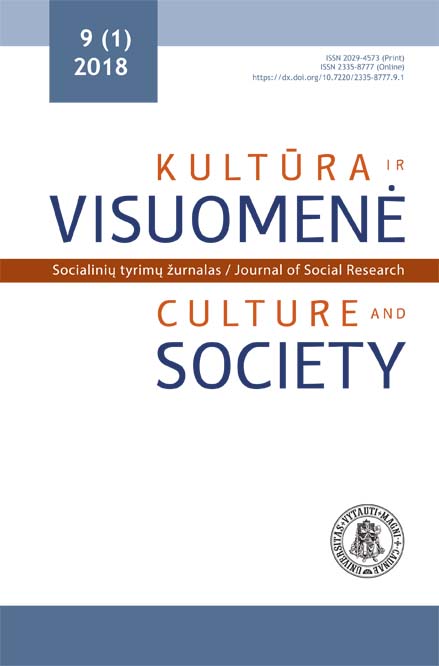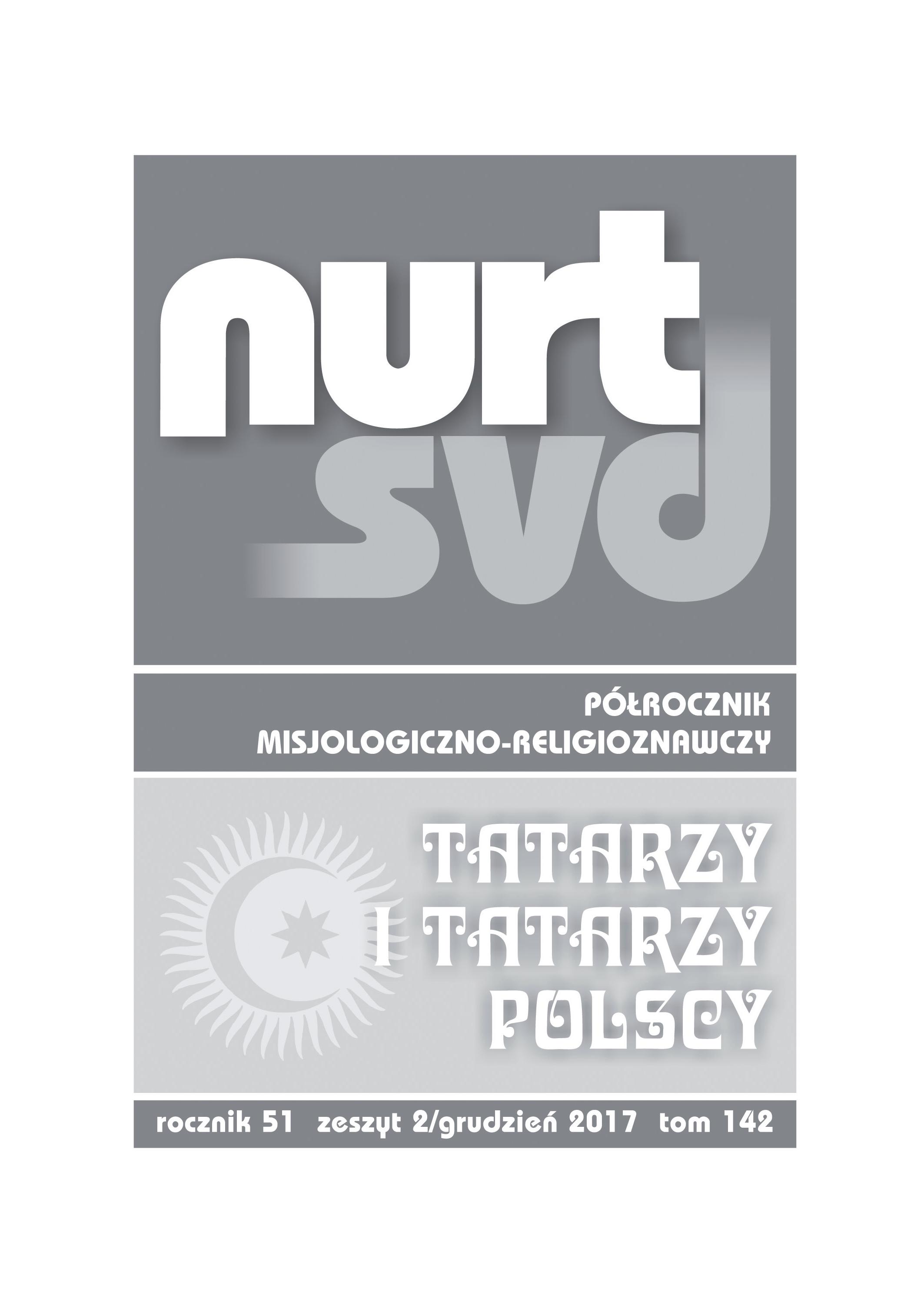
Maroko feministai ir feministės: tarp aktyvizmo ir „Muslima“ teologijos
This paper rereads Moroccan feminism within a nascent methodological interpretive framework dubbed “Muslima theology”. Examining the work of Moroccan Muslim feminists Asma Lamrabet and Khadija al-Battar, it addresses the social and political implications of the emerging critical engagement of Muslima theologians with the old-anchored male hermeneutic tradition of the Sacred Texts. It puts into question the ideological basis of the principle of the “closure of the gate of ijtihad” by revealing how the interpretive tradition is heterogeneous and has been over history subject to religious considerations as well as political and patriarchal changing realities. Focus on the contribution of “Muslima theologians” aims at tracing, recouping some aspects of the systematically foreclosed female interpretive narrative, and subverting the exclusive male norms of interpretation conducive to the formation of a socio-cultural reality that validates in the name of Islam the low status of woman. Enlightened gender-inclusive interpretation of the Sacred Texts allows for alternative histories and agencies bringing to the surface new articulations based on particularities, gender, specific temporalities, contexts, and circumstances. The paper concludes that without Muslima theology as a liberating sub-branch of Islamic feminism, feminism in its activist form would fall short of achieving its objectives, for the traditionalist and literalist exclusive interventions will continue to shape cultural politics at an elitist and grassroots levels.
More...
